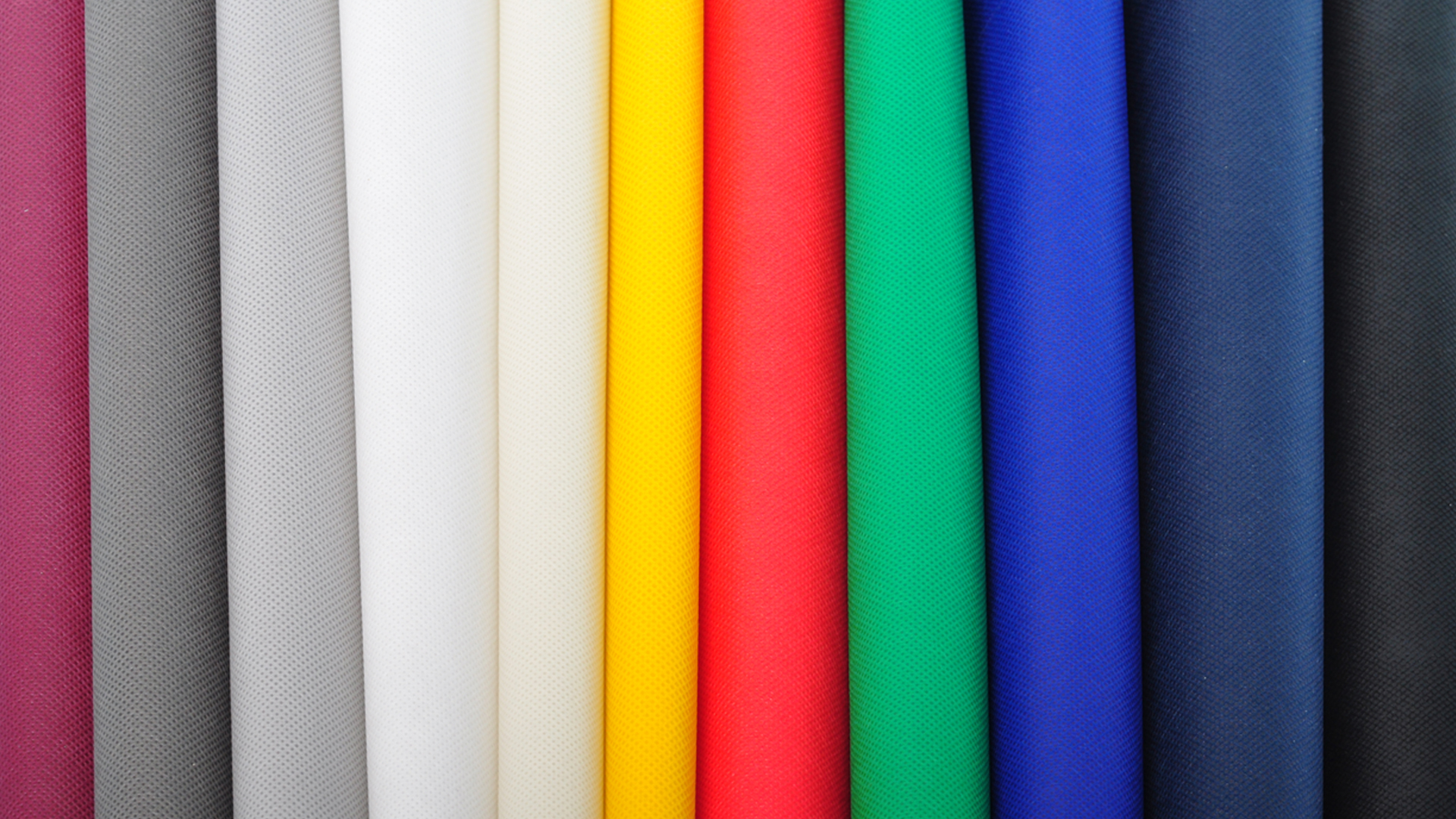Meltblown
Description
Meltblown is a nonwoven fabric produced through a distinctive process known as meltblowing. In this process, a polymer material is melted and then extruded through minuscule nozzles under high pressure. The resultant melted material is blown by hot air to form fine fibers. These fibers are collected on a moving conveyor to create a fabric web.
During manufacturing, these meltblown fabrics typically undergo an electrostatic charging process. This involves passing the material over a series of high-voltage wires, creating a static charge in the fibers. This charge plays a pivotal role in many meltblown fabric applications, particularly filtration, as it aids in attracting and capturing particles and contaminants.
Meltblown fabrics have wide usage in various applications. These include air and liquid filtration systems, medical masks and gowns, hygiene products, and oil sorbents. The intricate network of fine fibers in these fabrics results in a dense and efficient filtering structure capable of trapping tiny particles, including bacteria and viruses.
Discover more from us

